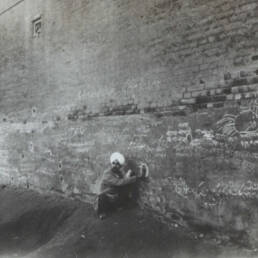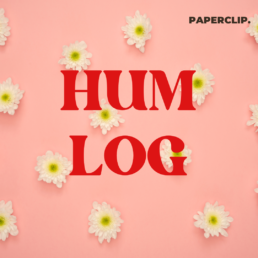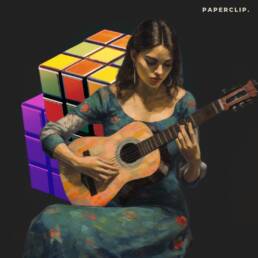The Chauvet cave in France is known to be the place from where the art of storytelling began through a visual form before civilization evolved to invent various other methods. An article on Homai Vyarawalla, a pioneering figure who championed the art by breaking the norms.
According to Iranian mythology, ‘Huma’ is a legendary bird that never comes to rest, living its entire life flying invisibly, high above the earth, never alighting. Human beings often fail to justify the origin of their name.
However, if it’s to be believed that Homai was named after ‘Huma’ then she certainly did live up to her name.
At a tender age of 13, Homai met Maneckshaw Vyarawalla, an aspiring photographer at a railway station in Bombay. Their mutual love of storytelling through photography complemented their relationship as they got married shortly after.
Maneckshaw’s mentorship helped Homai to further excel at her passion. The problem, however, was that India in the 1930’s was yet to see a female photojournalist.
But some birds aren’t meant to be caged. At the onset of WWII, Homai got her first professional assignment – ‘Life in Bombay’ for the Bombay-based magazines ‘The Illustrated Weekly of India’ and the ‘Bombay Chronicle’. She published her works under her husband’s name.
Her work in noir capturing the lives of women at work immediately grabbed a lot of eyeballs. When she moved to Delhi in 1942, the British Information Service (BIS) offered her a post of press photographer.
It was a unique feat for an Indian female photojournalist to earn equal status as the Britishers in an Imperial institute. Henceforth, her work became entirely political. For the next 3 decades, her works captured the mood of a nation going through life-changing times.
Her enormous body of work covered men and women of the highest rank. From Queen Elizabeth, Jackie Kennedy, Ho Chi Minh, Eleanor Roosevelt, Dalai Lama, Martin Luther King to Gandhi, Nehru, Jinnah, Vallabh-bhai Patel, Abu’l Kalam Azad, S Radhakrishnan – just to name a few.
The pictures she took during the departure of the last Viceroy of India, the great ‘Tryst with Destiny’ when India woke into freedom on the 15th of August 1947, the efflux of humanity gathered for Gandhi’s funeral could transport anyone to those moments even to this day.
Despite the widespread appreciation she received over the years for her impeccable art of storytelling through pictures, she continued to publish her works under the pseudonym ‘Dalda 13’.
One might wonder about her choice of this strange alphanumeric string, this too had a history of close association with the number. Homai was born in 1913, she met her husband at the age of 13 and the number plate of her car read ‘DLD 13’.
As we celebrate the life and works of Homai Vyarawalla on her 109th birth anniversary, we look back at the free-spirited bird who remained invisible under her pseudonym and yet tirelessly worked with the highest ethical standards.
The first female photojournalist of India, who broke the shackles of trivial gender stereotypes and often roamed through the streets of Delhi on a bi-cycle with a camera strapped around her back to bring out the stories that to this day tell a thousand tales.
Sources:
BN Goswamy. “Homai Vyarawalla, first woman photo-journalist of India, was a restrained chronicler of India”. https://www.tribuneindia.com/news/arts/homai-vyarawalla-first-woman-photo-journalist-of-india-was-a-restrained-chronicler-of-india-133571
“Homai Vyarawalla: The trailblazer who became India’s first woman photojournalist”. BBC News – Asia, December 30, 2017




